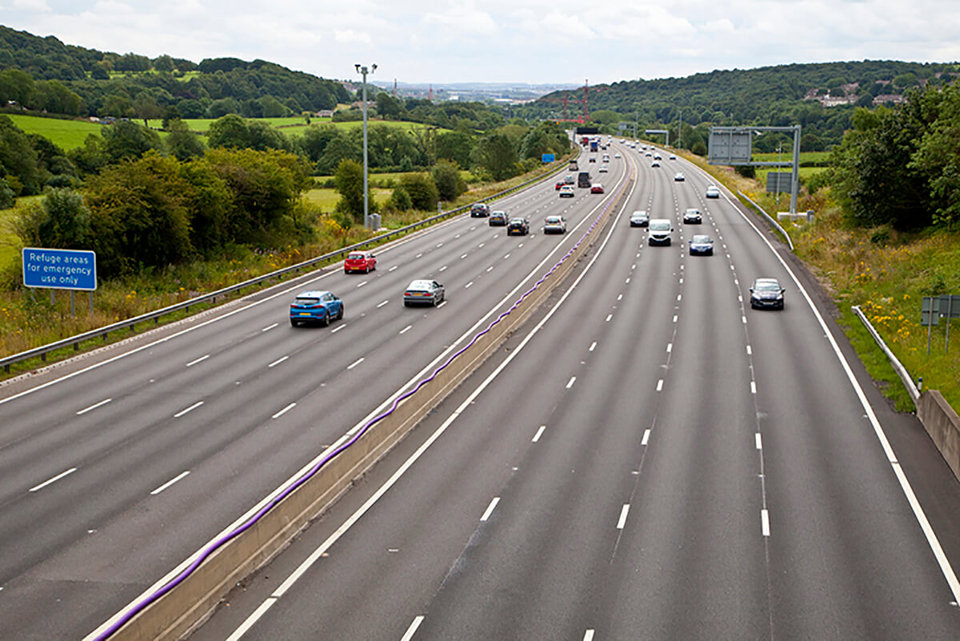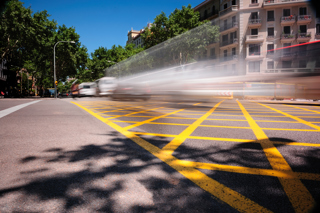"Sometimes the jungles of signs and tangles of white, red and yellow lines can leave people more confused than informed. This expensive clutter can also leave our roadsides looking unsightly and unwelcoming, so the changes I am announcing today will help councils cut the number of signs they need to use.
"We will also be allowing councils to use different ways to get information to drivers, encouraging them to question whether some signs are needed at all and publishing new advice for councils to help them reduce clutter on their roads.
"We want to make sure that there is consistency across the country while allowing local authorities greater discretion in how they use signs on their roads rather than demanding they get approval from Whitehall for signs they need to use regularly.
"These changes will ultimately save councils money and lead to more attractive streets which improve the quality of life for local people."
The new framework includes measures to update and improve traffic signs to make sure that they reflect the way we travel now, as well as providing clear information on prohibitions on the road network. Changes will include:
- Measures to improve cycle journeys by allowing journey times as well as distances to be added to signs on cycle routes and making it easier for councils to use Trixi mirrors to improve visibility of cyclists at junctions and 'no entry except cycles' signs to allow contra-flow cycling;
- A new sign warning lorry drivers that a road is unsuitable for their vehicles. This will help to prevent situations where lorries following sat nav systems use inappropriate roads, sometimes causing disruption to the local road network and delays to their journey;
- Measures to simplify some parking signs after research showed that, although overall understanding of traffic and parking signs among drivers is good, there is scope for some signs to be made clearer;
- Allowing councils to use innovative new measures such as pedestrian countdown timers and diagonal crossings without Government approval.
Measures to reduce the impact that traffic signs have on the environment and help cut costs for councils and central government by reducing the levels of bureaucracy needed to put signs in place include:
- Issuing guidance to councils to encourage them to improve their streetscapes by identifying and removing unnecessary traffic signs;
- Reducing bureaucracy and costs for councils wanting to use 20 mph schemes by cutting the number of signs they need to put in place and making it easier to use variable 20 mph speed limits where necessary, such as outside schools;
- Reducing the lighting requirements for signs, so as to reduce costs and carbon emissions;
- Allowing publicity for new traffic regulation orders, e.g. for parking restrictions, to be more targeted at those who are affected by proposed changes, helping councils to reduce costs;
- Reducing the need for councils to gain approval from the Department for Transport to put in place certain commonly used signs such as those which indicate that parking places are reserved for car club users. This will result in a reduction in signs requiring DfT authorisation of around 40%.


















Login to comment
Comments
No comments have been made yet.